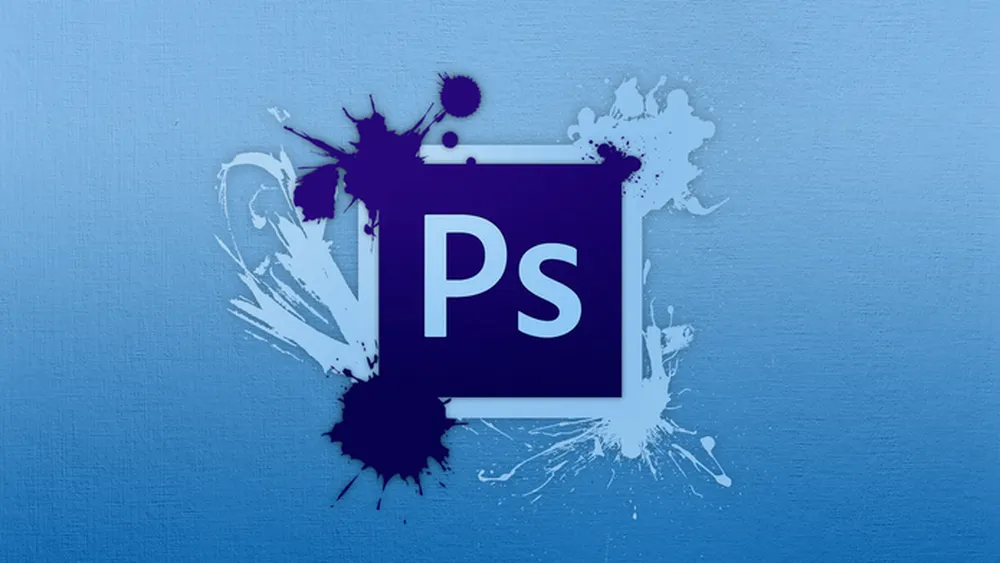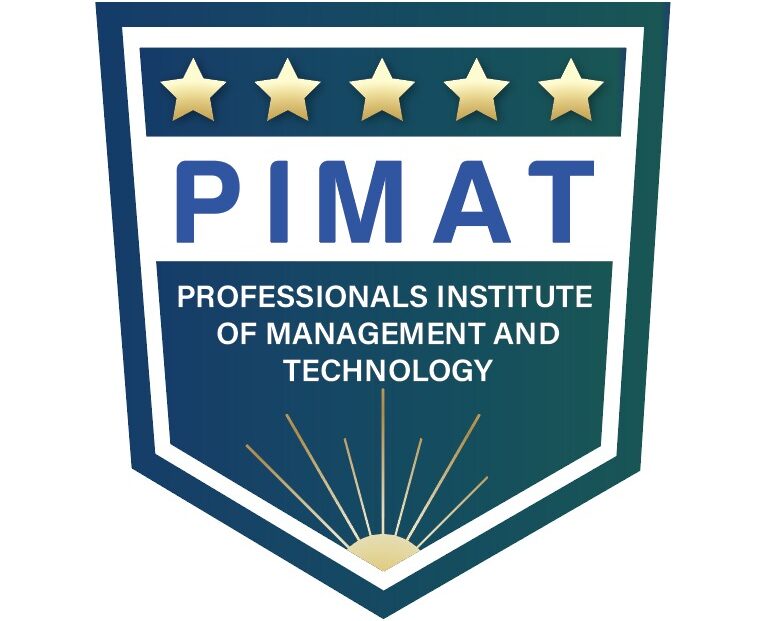Adobe Photoshop


Adobe Photoshop, a product of Adobe Systems, stands as the industry’s flagship raster graphics editor with a primary objective of enabling users to manipulate, edit, and compose images across a diverse range of contexts. From basic photo retouching to intricate digital artwork, Photoshop’s extensive toolkit aims to cater to photographers, graphic designers, illustrators, and even filmmakers. Its vast suite of tools, filters, and plugins facilitates the enhancement and transformation of images, thus empowering users to bring their creative visions to life with unparalleled precision and flexibility. In the realm of digital imaging, Photoshop’s prominence underscores its mission to continuously set and redefine industry standards.
The training course on Adobe Photoshop is meticulously designed to introduce learners to the world of digital imaging, with a clear objective of equipping them with the skills to proficiently manipulate, retouch, and compose images
- Introduction to AutoCAD: This covers the basic features of the software, including user interface, navigation tools, and file management.
- Drawing tools and commands: This includes learning how to create and modify various types of 2D and 3D drawings using AutoCAD’s drawing tools and commands.
- Layers and object properties: This covers the use of layers to organize and control the appearance of objects in a drawing, and the use of object properties to modify the appearance and behavior of individual objects.
- Annotation and dimensioning: This covers adding text, symbols, and dimensions to drawings to communicate design information.
- Blocks and attributes: This covers creating reusable blocks and adding attributes to them to automate the creation of drawings.
- Plotting and printing: This covers setting up and customizing the layout of a drawing for plotting or printing.
- Advanced topics: Depending on the course level, advanced topics may include 3D modeling, customization using Auto LISP, and integration with other software applications.
- Proficiency in AutoCAD
- Ability to apply industry standards:
- Understanding of drawing organization and management:
- Knowledge of annotation and dimensioning
- Familiarity with customization and automation
- Awareness of 3D modeling capabilities
- Architects and Engineers
- Interior Designers
- Construction Professionals
- Product Designers and
- Manufacturers
- Drafters
- Students and Educators
- Professionals in GIS (Geographic Information Systems)
- Surveyors
Flexible options to attend the training programs are available. You may participate in the following manner:
- On-location (managed by HOP or your Employer)
- On-line
For any further information and registration, you may contact on the following:
- For registration, visit us at
House of Professionals L-04 Johar Town, Near Emporium Mall, Lahore. - For more details
Call/SMS/WhatsApp at 03018447766, 03028443914
- For registration, visit us at
